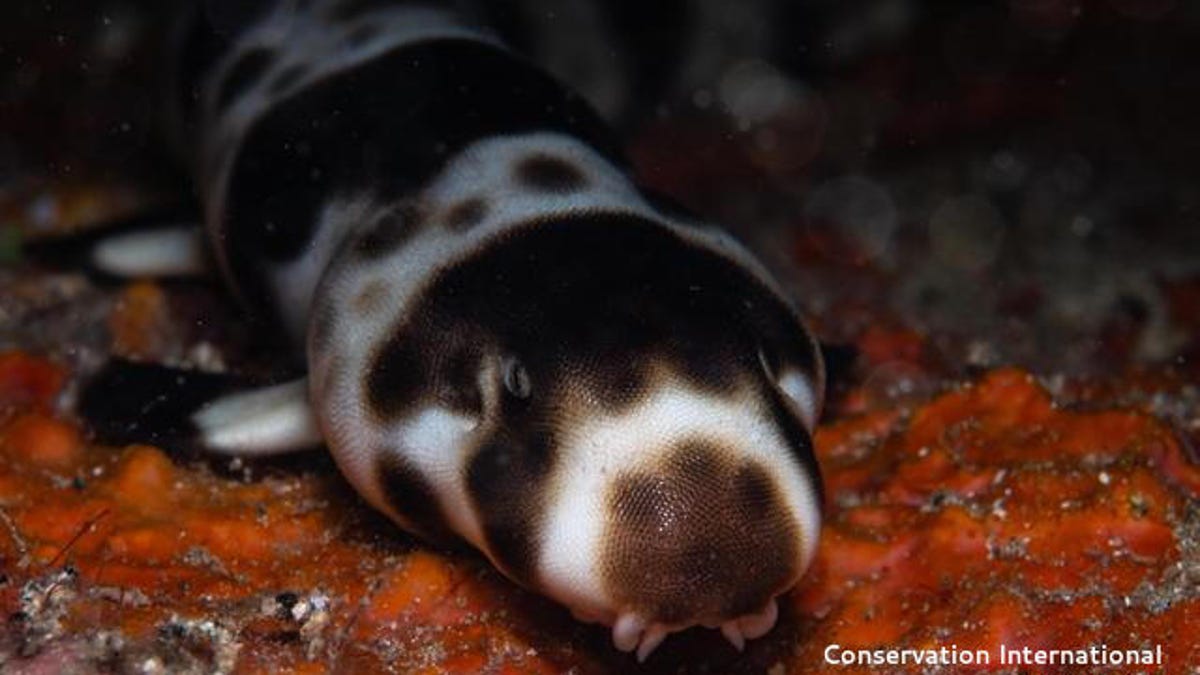These sharks can walk, and they're adorable
Crustaceans beware. The sharks' skill at skulking "gives them a remarkable edge over their prey."

Hemiscyllium michaeli, the leopard epaulette shark, is a species of bamboo shark in the genus Hemiscyllium. It is a tropical shark known from the shallow ocean in the Milne Bay region of eastern Papua New Guinea.
The idea of a walking shark might sound like an apocalyptic Sharknado sequel brought to life, but at a length just shy of three feet, the stumpy little predators are hardly a horror show. Unlike their larger cousins, the members of these newly discovered species of walking sharks spend their time gently toddling along coral reefs on four flat fins. Or, at least, that's what they were up to when researchers spotted them in the shallow northern Australian waters.
In a paper, published Monday in Marine & Freshwater Research, scientists said the four new walking shark species are the most recently evolved species of shark known, and developed after splitting from their nearest common ancestor about 9 million years ago.
The diminutive Hemiscyllium halmahera scours the coral reef for a crustacean cocktail.
"At less than a meter long on average, walking sharks present no threat to people," said the paper's lead author, Christine Dudgeon, in a release. "But their ability to withstand low oxygen environments and walk on their fins gives them a remarkable edge over their prey of small crustaceans and mollusks."
The adorable-and-not-at-all-threatening creatures have even been known to clamber across land during low tide, as they move from one pool of water to the next.
The discovery of the four new species brings the total number of known walking shark types to nine, but Dudgeon said researchers believe there are still more walking sharks waiting to be discovered. Scientists also said the discovery is important for understanding overall species evolution in a region with some of the highest tropical marine biodiversity globally.

